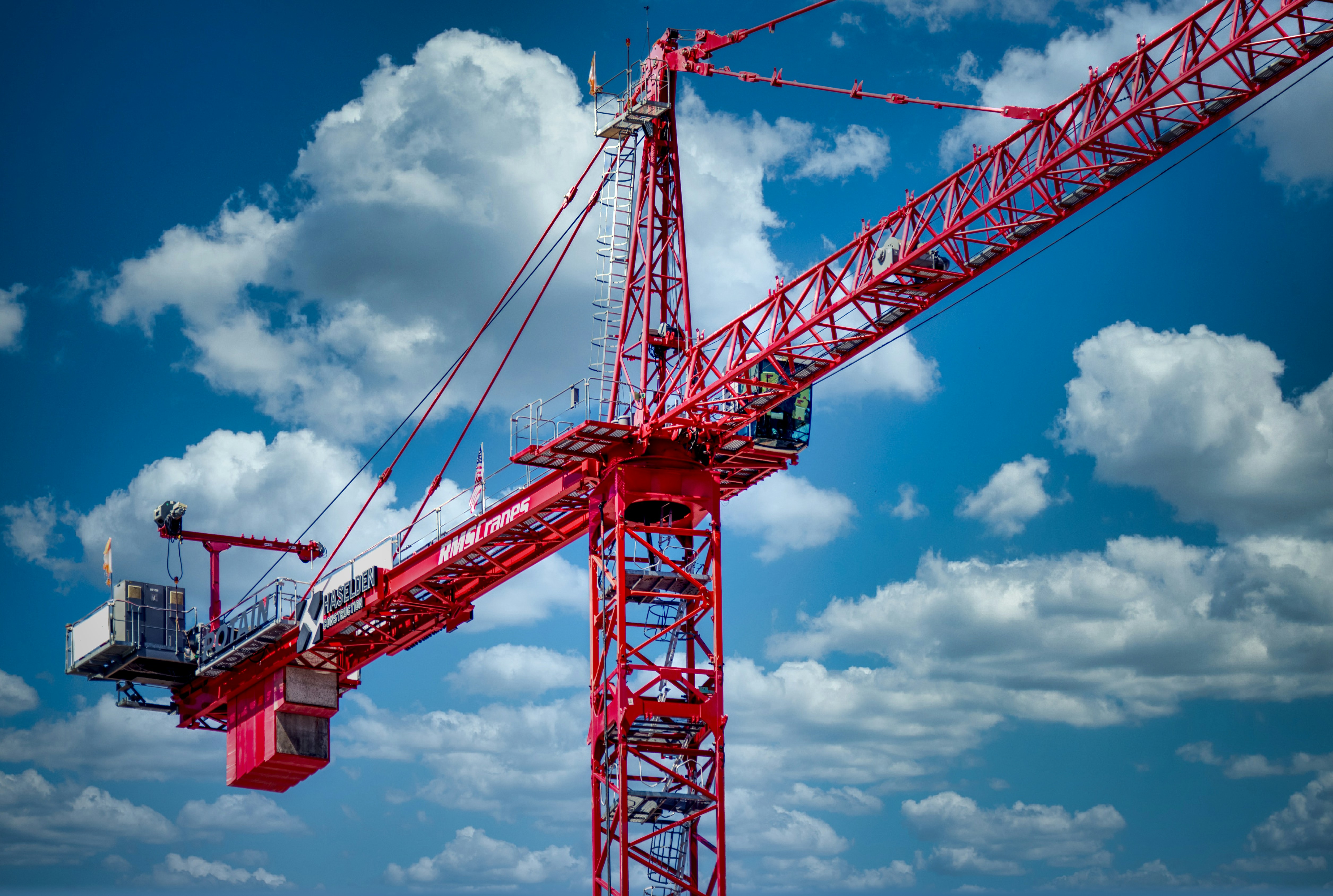Top Construction Technology Trends Transforming the Industry in 2025
Published on June 18, 2025

The construction industry, once seen as slow to change, is now undergoing a digital revolution. From AI-driven tools and robotics to digital twins and 3D printing, construction technology is reshaping how we design, build, and manage projects.
In this post, we’ll explore the top construction tech trends in 2025 that are helping companies reduce costs, improve safety, speed up delivery, and build smarter than ever.
🚀 1. AI and Machine Learning
Artificial Intelligence (AI) is now at the core of modern construction workflows. Tools powered by AI are used for:
Automated plan reviews
Predictive project scheduling
Cost estimation & budget forecasting
Risk assessment
Construction progress tracking using drones & cameras
For example, AI can analyze weather data, delivery timelines, and workforce availability to flag potential delays before they happen.
✅ Popular Tools: OpenSpace.ai, ALICE Technologies, Smartvid.io
🧱 2. Building Information Modeling (BIM) 5D & 6D
While BIM has been around, the trend is toward advanced BIM (5D and 6D):
5D BIM integrates cost data with 3D models
6D BIM includes time and energy performance for lifecycle management
This allows stakeholders to:
Simulate construction timelines
Predict energy efficiency
Control costs in real time
✅ Popular Tools: Autodesk Revit, Navisworks, Trimble Connect
🏗️ 3. Robotics & Automation
Robots are no longer sci-fi—they’re on site.
Use cases include:
Bricklaying robots
Rebar tying machines
Autonomous bulldozers & excavators
Robotic total stations for accurate layout
These reduce labor shortages and boost precision.
✅ Popular Examples: Built Robotics, SAM100, TyBot
🛰️ 4. Drones and Aerial Mapping
Drones are used to:
Capture aerial views of job sites
Track construction progress
Compare against BIM or blueprints
Conduct inspections in hard-to-reach places
They provide fast, safe, and detailed site insights.
✅ Popular Tools: DJI Phantom, DroneDeploy, Propeller Aero
📲 5. Construction Management Software
Modern software platforms allow teams to manage:
Scheduling
RFIs and submittals
Cost control
Document management
Most platforms are cloud-based and mobile-friendly, enabling real-time updates from the field.
✅ Popular Tools: Procore, Buildertrend, Fieldwire, Autodesk Build
🧠 6. Digital Twins
A digital twin is a live, digital replica of a physical building.
Benefits:
Monitor systems in real time
Predict maintenance needs
Optimize energy usage
Improve long-term asset management
These are especially useful in smart cities, hospitals, and infrastructure projects.
✅ Popular Platforms: Bentley iTwin, CityZenith, Autodesk Tandem
🧪 7. 3D Printing in Construction
3D-printed buildings and components are being adopted for:
Affordable housing
Emergency shelters
Modular elements (walls, beams)
Benefits:
Reduced material waste
Faster build time
Lower cost
✅ Leading Companies: ICON, COBOD, Apis Cor
🏗️ 8. Modular & Off-Site Construction
Pre-fabricated or modular construction is gaining traction due to:
Reduced construction time on site
Better quality control in factory settings
Less weather disruption
This method is ideal for hospitals, schools, and residential housing.
🧯 9. Wearable Technology for Safety
Smart wearables help monitor:
Worker health (heart rate, fatigue)
Location (fall detection, geofencing)
PPE usage (helmet sensors, smart vests)
This leads to fewer accidents, better insurance ratings, and real-time safety reporting.
✅ Popular Devices: Spot-r by Triax, SmartCap, SolePower boots
🌱 10. Green Construction & Smart Materials
Sustainability is now a core part of construction strategy. Emerging trends include:
Self-healing concrete
Recycled and carbon-capturing materials
Solar panel-integrated roofing
Energy-efficient glass and insulation
AI is also helping optimize material selection for lower carbon footprints.
🔮 Bonus: What’s Next?
The future will include:
Voice-command construction tools
Augmented Reality (AR) overlays for field workers
Blockchain for smart contracts
Generative design (AI suggests best layouts based on parameters)
💼 Final Thoughts
Construction technology is no longer optional—it’s essential. Firms that invest in innovation gain:
Faster project delivery
Lower costs
Higher safety standards
Smarter designs
Happier clients
Whether you're a builder, architect, engineer, or city planner, these technologies can help you stay competitive in a rapidly evolving industry.
Need help choosing the right construction tech for your business? Let us know your goals—we’ll recommend the tools that fit your team, budget, and project size.
Would you like this formatted as a WordPress blog post or SEO-optimized with meta descriptions and keywords? I can help with that too!
← Back to Blog
